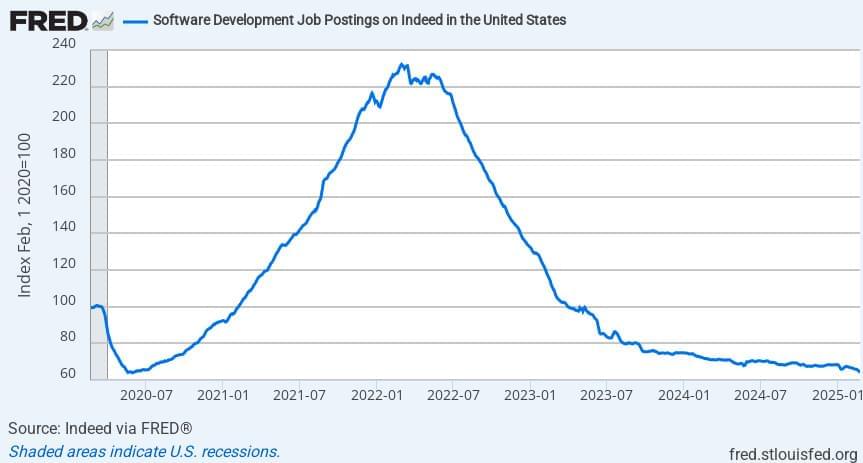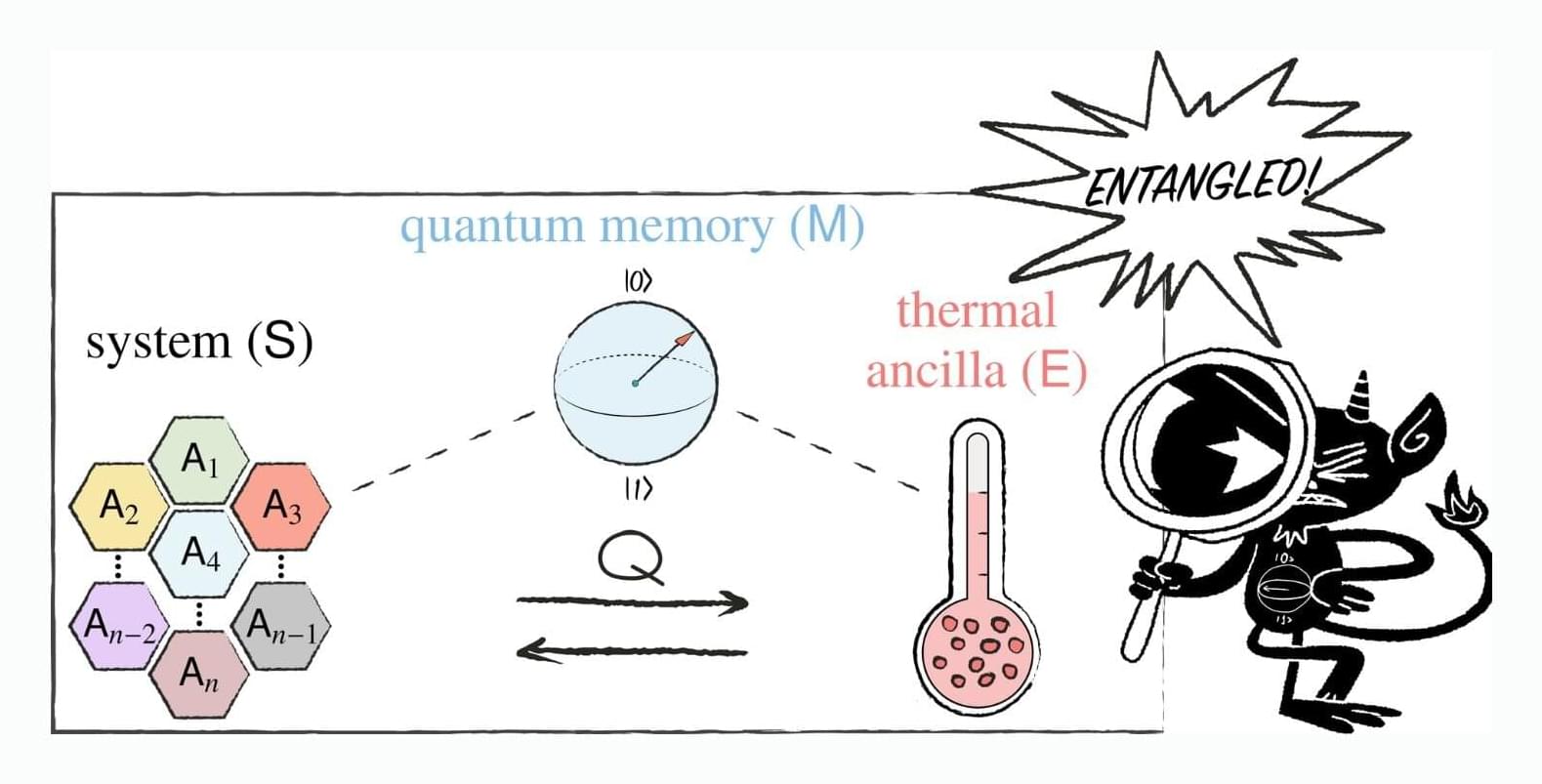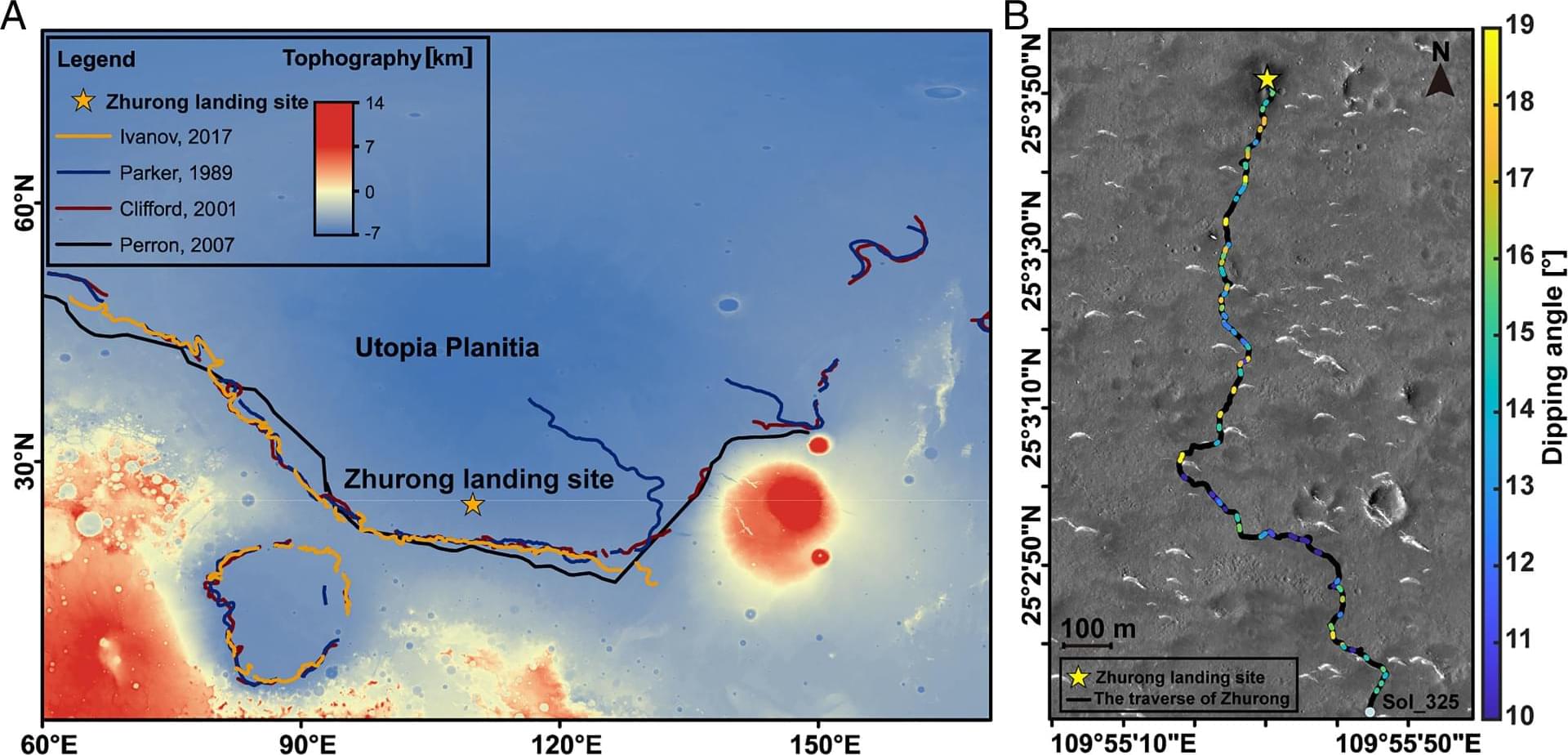With Google’s latest AI model, Gemini 2.0, launched in December, the company is making big moves in AI. Brin’s message is clear, the race to AGI is on, and Google plans to win it.




Long Ju, the lead researcher, describes the new material, rhombohedral pentalayer graphene, as a gold mine, with discoveries revealed at every step.
A novel class of quantum particles behaves in unexpected ways
Rhombohedral pentalayer graphene is a unique form of pencil lead. Pencil lead, or graphite, consists of graphene, a single layer of carbon atoms arranged in a hexagonal pattern. Rhombohedral pentalayer graphene has five layers of graphene stacked in a specific order.

Frequency: Daily, 7-Day.
Indeed calculates the index change in seasonally-adjusted job postings since February 1, 2020, the pre-pandemic baseline. Indeed seasonally adjusts each series based on historical patterns in 2017, 2018, and 2019. Each series, including the national trend, occupational sectors, and sub-national geographies, is seasonally adjusted separately. Indeed switched to this new methodology in December 2022 and now reports all historical data using this new methodology. Historical numbers have been revised and may differ significantly from originally reported values. The new methodology applies a detrended seasonal adjustment factor to the index change in job postings. For more information, see Frequently Asked Questions regarding Indeed Data.
Copyrighted: Pre-approval required. Contact Indeed to request permission to use the data at their contact information provided here.

In a new study published in Physical Review Letters, scientists have discovered a novel approach to detecting the quantum properties of a system by simply using heat as a witness, requiring no direct measurement of the quantum system itself.
The study proposes connecting thermodynamics with quantum information theory, drawing inspiration from the concept of Maxwell’s demon.
The concept proposed in the 19th century involves an imaginary entity, Maxwell’s demon, that can sort gas molecules by their velocities inside a closed box, seemingly violating the second law of thermodynamics.

The northern lowlands of early Mars could have contained a significant quantity of liquid water. However, the ocean hypothesis remains controversial due to the lack of conclusive evidence from the Martian subsurface. We use data from the Zhurong Rover Penetrating Radar on the southern Utopia Planitia to identify subsurface dipping reflectors indicative of an ancient prograding shoreline. The reflectors dip unidirectionally with inclinations in the range 6° to 20° and are imaged to a thickness of 10 to 35 m along an uninterrupted 1.3 km northward shoreline-perpendicular traverse. The consistent dip inclinations, absence of dissection by fluvial channels along the extended traverse, and low permittivity of the sediments are consistent with terrestrial coastal deposits—and discount fluvial, aeolian, or magmatic origins favored elsewhere on Mars.
Join us on Patreon! https://www.patreon.com/MichaelLustgartenPhD
Discount Links/Affiliates:
Blood testing (where I get the majority of my labs): https://www.ultalabtests.com/partners/michaellustgarten.
At-Home Metabolomics: https://www.iollo.com?ref=michael-lustgarten.
Use Code: CONQUERAGING At Checkout.
Clearly Filtered Water Filter: https://get.aspr.app/SHoPY
Epigenetic, Telomere Testing: https://trudiagnostic.com/?irclickid=U-s3Ii2r7xyIU-LSYLyQdQ6…M0&irgwc=1
Use Code: CONQUERAGING
NAD+ Quantification: https://www.jinfiniti.com/intracellular-nad-test/

I just saw “Companion” which is set in a world about 20 years in the future and it was the first movie in quite a while that had a solid plot. I find most movies pretty frustrating as they focus on special effects instead of a coherent plot.
The less you know before you see the movie, the better. Avoiding the trailer is recommended.
Companion: Directed by Drew Hancock. With Sophie Thatcher, Jack Quaid, Lukas Gage, Megan Suri. A weekend getaway with friends at a remote cabin turns into chaos after it’s revealed that one of the guests is not what they seem.

In today’s AI news, Meta, the parent company of Facebook, and other leading social media platforms, is looking to raise as much as $35 Billion to build data centers in the US. Apollo Global Management Inc., an alternative asset manager has discussed providing a major part of the financing, said the people, who asked not to be identified. KKR & Co. is also a part of the investor group.
In other advancements, With so much software now getting written by AI, having a window into its security can be a challenge. That’s the premise of Archipelo, a San Francisco-based cybersecurity startup that is today emerging from stealth with $12 Million in funding. Archipelo’s pitch is that it has a platform for “Developer Security Posture Management” (DevSPM).
S integration with Suno, you can turn simple, creative requests into songs. ‘ + And, In its annual letter, payments giant Stripe declared that it was “seeing an AI boom” with its data, revealing that artificial intelligence startups are growing more rapidly than traditional SaaS companies have historically. In a chart, Stripe showed that the top 100 AI companies were able to achieve $5 million in annualized revenue in 24 months in 2024 compared to the top 100 SaaS companies taking 37 months.
In videos, ever wondered how to enhance your AI performance? IBM’s Susan Eickhoff shows how to boost AI performance using an ensemble of models, combining traditional AI and large language models. Learn structured data analysis and dynamic prediction methods.
And, since its launch in 2020, Project Aria has propelled research across the world to advance the state of the art in machine perception and AI, through access to cutting-edge research hardware and open-source datasets, models, and tooling. Today, Meta is excited to announce the next step in this journey: the introduction of Aria Gen 2 glasses.
Then, join Dr. Ben Armstrong Executive Director, MIT Industrial Performance Center at the 2025 MIT Bangkok Symposium for an insightful session entitled Positive-Sum Automation & Artificial Intelligence. MIT’s working group on Generative AI and the Work of the Future is studying how dozens of large companies are adopting generative AI to improve productivity…
S largest model to date. Chen speaks about what the new model says about the AI scaling wall, how scaling traditional GPT models compares to reasoning models. + Thats all for today, but AI is moving fast — like, comment, follow, and subscribe for more AI news!
Visit Consensus.app and Enter code KEATING at checkout for 40% off Consensus Premium for 2 Years or visit this link 👉 https://bit.ly/ConsensusApp.
Please join my mailing list here 👉 https://briankeating.com/yt to win a meteorite 💥
Is the key to understanding our universe hidden in its mirror image? Are the answers cosmologists seek much simpler than we think? And can we explain the origin of the universe without inflation?
Here today to share his bold new theory is the renowned physicist and cosmologist Neil Turok. Neil, who specializes in mathematical and early-universe physics, is the Higgs Chair of Theoretical Physics at the University of Edinburgh and Director Emeritus of the Perimeter Institute for Theoretical Physics. Recently, he’s been getting a lot of attention for proposing a simpler, more testable cosmological model that replaces inflation with a CPT-symmetric Mirror Universe, explaining dark matter, cosmic flatness, and density variations without adding unnecessary complexity.
Join us as we explore this provocative new theory in depth!
👉 ‘Cosmic Inflation’: did the early cosmos balloon in size? A mirror universe going backwards in time may be a simpler explanation by Neil Turok: https://shorturl.at/jr8kd.